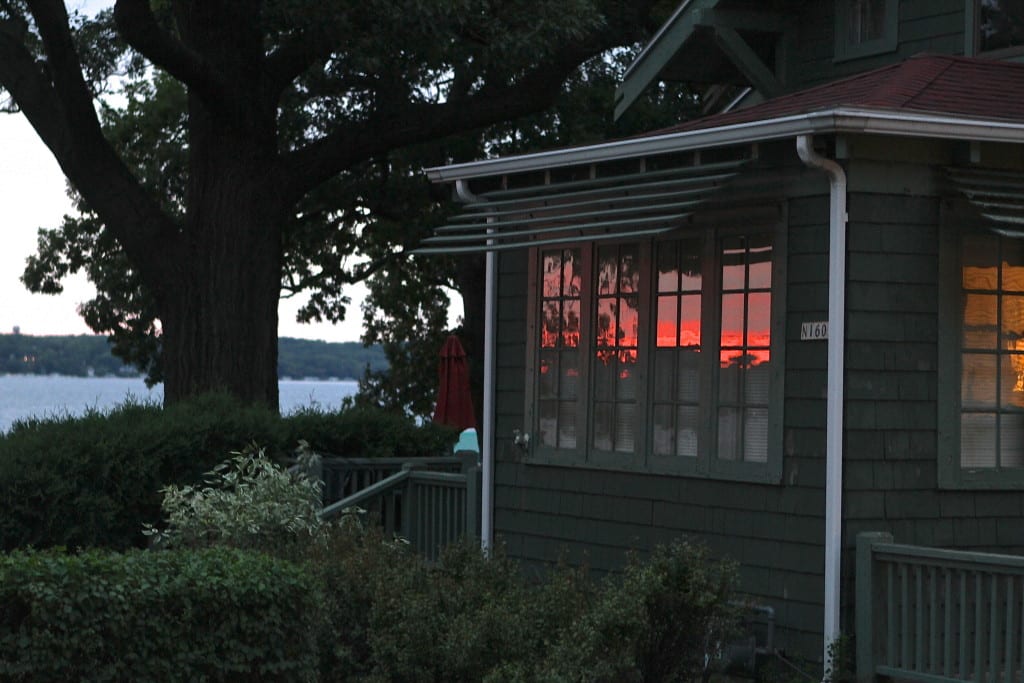It seems to me that all exclusive markets- those of art, of real estate, of antique automobiles- all find the task of identifying outliers to be a difficult one. In the art world, Ken Griffen made recent headlines for purchasing two paintings at a total sum of $500MM. Seems reasonable to me, but was the next closest bidder at $499MM? Or was there no other bidder, just the threat of another bidder? Or was it simply that the price was $400MM and this billionaire with a penchant for irrational purchases thought he’d distance himself from the nearest would-be-bidder for the sake of legend building? Only the art dealer knows. In the automobile auction, some bidders are present and others are on the phone, others still are connected to the event only through this series of pipes and tubes. When the gavel drops and someone pays $5MM for a rare Ferrari, was there another bidder? The car was supposed to fetch $2MM, but it sold at $5MM. The other bidders must have been in hot pursuit, or maybe they weren’t. Only Dana Mecum knows.
There’s a company in Arizona called Opendoor. They are seeking to revolutionize the home selling process, which makes them the latest in a very long line of other revolutionaries who have, to present, failed to disrupt anything but their own lives, and those of their investors. Opendoor works like this. You go to their scroll-down website. You scroll down. You type in some information. They buy your house. You’re happy! Or so goes the narrative. This model is heretofore working for two very important reasons. First, it’s working in a market where nuance isn’t prevalent. If I own a 3 bedroom 1700 square foot ranch on Cactus Lane with a small pool and a yard that’s really just a bunch of small red rocks, that’s good for me. But my red-rocked-ranch on Cactus is the same as your red-rocked-ranch on Scorpion Avenue, so figuring out the prices of the two isn’t very difficult. Extrapolate this out over massive sections of cookie-cutterness and you’ll see how Opendoor can succeed here. Algorythms struggle with nuance, but there is no nuance in a red-rocked-ranch.
The other important aspect of this business model is that the market has been gradually improving over the last four years. Opendoor has never known a depressed market. They know only increasing prices, only easily quantifiable markets. The business says they’ll revolutionize real estate. They won’t. They need to re-sell the homes they buy, so as soon as things get sideways the model will fail. They’ll be heavily levered and they’ll sit on inventory, which means they’ll likely transform into a landlord once the next downturn rears its annoying head. Outliers aren’t difficult to spot on Red Rock Lane. If every ranch is $219k and one is $389k, the expensive one better be remarkably different, uniquely better. This is obvious, but the red-rocked-ranch market where Opendoor is weaving their VC funded tapestry has nothing in common with our Lake Geneva market, just as the art that Ken Griffen buys has nothing to do with the “art” I hang on the walls of my office. Outliers only present an obstacle in heavily nuanced markets that appeal to a very small segment of the population.
This week, a lakefront sale. Bonnie Brae for $1.65MM. This home was previously listed over $4MM. It was an outlier at $4MM, and it’s an outlier now at $1.65MM. It’s a terrific buy for a savvy purchaser, but is it a trend setter on Geneva? Does it somehow matter to anyone but that buyer and that seller? Earlier this year, a lakefront sold for $800k. This was a skinny little lakefront with a gutted cottage on it, but it was still lakefront. If we rely on data, as our new marketing campaigns command us to, does this mean something? Does it mean that the average lakefront price on Geneva is $1.2MM? Does it mean that lakefront is now selling at $16,500 per front foot? Does it mean that prices are in decline, and that we’ve already started our next housing bear?
In the same way, when a lakefront on the side of a cliff sells for $5MM+, does this mean that all Geneva lakefronts on the side of cliffs are worth $5MM? Does it mean that a new house on a cliff will always sell for $5MM? Will Opendoor pay us $4.9MM and then resell that cliff residence for $5.5MM? These are the questions of the unserious, the questions of those who cannot fathom how small volume, exclusive markets operate. If we see three more sales in a row that print at $16,500 per front foot of lakefront, we can then make an adjustment in our thinking and presume that yes, the price for lakefront has fallen to that level. But this won’t happen, because while deals exist on this lake they generally exist because of unique circumstances. If a seller wishes to cut his or her nose off, this slightly impacts everyone in the market. But mostly it impacts the buyer that secured value for knowing that an opportunity was about to present itself.
The admonition today is to be aware of each sale within the market you’re studying, but know the difference between a trend and an outlier. Better yet, just ask me, because I already know and I’m happy to share my opinions. All you need to do is ask. Or you could move to Arizona, because there’s a dynamite red-rocked-ranch on Scorched Earth Boulevard, and it’s just $219k.

